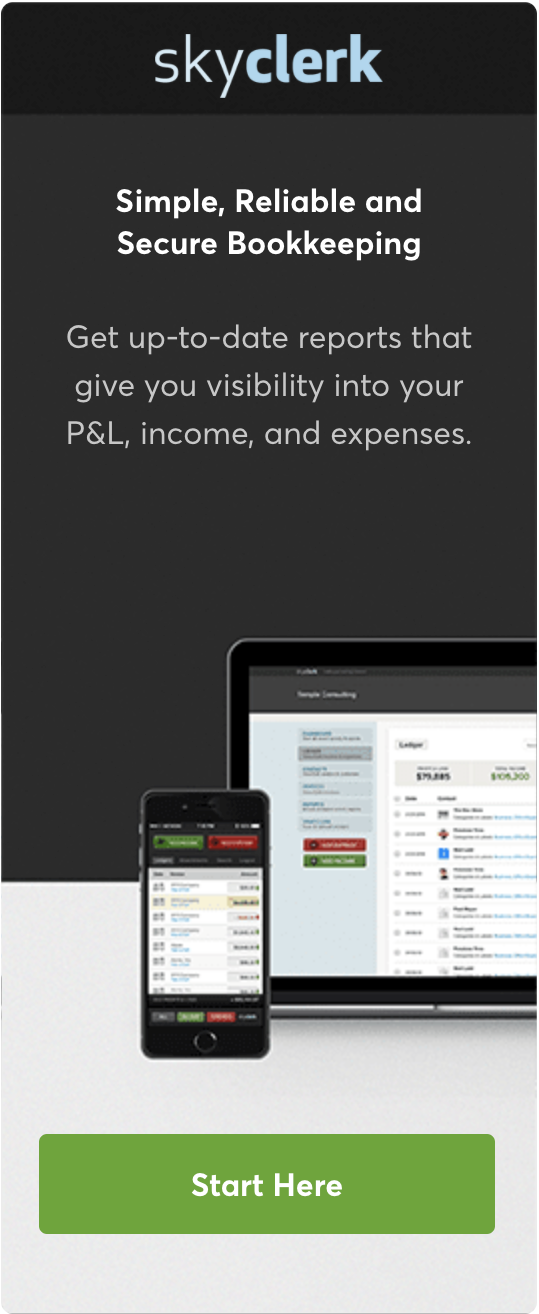A Day in the Life of a Freelancer [Plus 11 Tools to Help Manage Your Workload]
Are you a freelancer? Or do you consider yourself a solopreneur or gig worker?
Whether you’re writing blog posts late at night and on the weekends like I am, or you run your construction business out of your truck, your day is jam-packed with everything from your actual work to balancing your ledger and handling customer service.
And as more businesses shift toward remote and workers look for more flexible work arrangements, the need to be as efficient as possible has never been higher.
The 21st Century and the Seismic Shift to Remote Working
Leading up to 2020, the gig economy was booming forward with more and more organizations embracing freelancers to complete work in various departments. Today 4 in 5 workers consider a flexible work arrangement the most important factor when determining a job offer or staying at their current company.

And then the COVID-19 global pandemic hit the western hemisphere in March 2020, leading to stay-at-home orders and companies shifting to remote working for most corporate and non-essential positions. These two forces combine to form the future of work, where companies see the cost-savings opportunities and employees enjoy the flexibility to work from home. At the end of March, 3 in 4 CFOs surveyed by Gartner indicated they were planning to shift employees’ roles to fully remote jobs.
Types of Freelance Jobs in the US
There are many types of freelance roles and places to find them online -- including Upwork and Fiverr, both job sites specifically for freelancers.
Popular Freelance Jobs in the US
- Copywriting or other marketing roles
- Teaching or tutoring
- Legal services
- Web development and coding
- Administrative support
Source: https://moneyconnexion.com/freelance-jobs-on-top-10-best-freelance-websites.htm
One common thread between these types of jobs include the ability to work remotely using online tools and cloud software. Additionally, some of these jobs can be done outside of business hours.
Tools for Freelancers
Productivity
With freelancing or working from home full-time, it’s easy to get distracted by overflowing email inboxes, social media, and the constant notifications on our smartphones. A few tips to help with this include setting a schedule and creating a dedicated workspace to ensure you’re focused on work. (No, your bed isn’t your office.)

Another way to become more productive is to use a simple project management tool to help keep track of your time, projects, and set deadlines for yourself or others on your team. Trello is a simple project management tool that offers a free version that allows freelancers or small businesses to manage projects on a corkboard with cards and checklists. You can also integrate the tool with cloud-based programs like Google Drive or Dropbox.
Business operations
Although ‘free’ is the prefix of the word freelancer, there are quite a few rules and regulations that freelancers should follow when conducting business for tax and legal purposes.
Skyclerk is an app that provides business owners and freelancers a simple bookkeeping ledger for balancing revenue and expenses on-the-go. This is especially useful for freelancers or jobs outside of the office or with frequent travel.
Stripe is an online tool and app for collecting online payments and managing customer invoices and billing information. You can schedule reminders to encourage clients to complete outstanding payments for services, track revenue with built-in reporting, and even set up automatic recurring payments.
Job-specific tools
There are a number of helpful online tools for freelancers based on job type:
-
Legal
- Casemaker (legal research)
- Google Scholar (legal research)
-
Transcription
- oTranscribe (transcribe interviews for journalists)
- Express Scribe (transcribe audio files)
-
Teaching or tutoring
- Click Meeting (webinar software)
- Vedamo (e-Learning platform)
-
Copywriting
- Grammarly (grammar checker; Google Chrome extension available)
- Hubspot Blog Topic Generator (blog writing ideas)
Is the Freelance Life Right for You?
It’s true. There are several reasons to have a side hustle: Supplement or diversify your income, expand your skill set, and unleash creativity. But whatever you’re reasoning, you should be prepared to cover the additional work needed to manage your side hustle like its own business.

When it comes to determining whether freelancing is right for you, test it out first with a side gig or two to balance your work and get comfortable.
Life of a Freelancer: Final Thoughts
- Freelance jobs include consulting, contract employees, side hustles, and flexible gigs and can be full or part-time. As freelancing becomes more common, nearly half of all US workers will perform some form of gig work in the next decade.
- In the same way there are many ways to find gig work today, there are also many ways to arrange your tech stack for running your freelance business. There are software programs and online tools that are free to start.
- Be prepared to do the work of a business owner to manage your side hustle, including taxes and accounting, customer service, as well as your own work.

